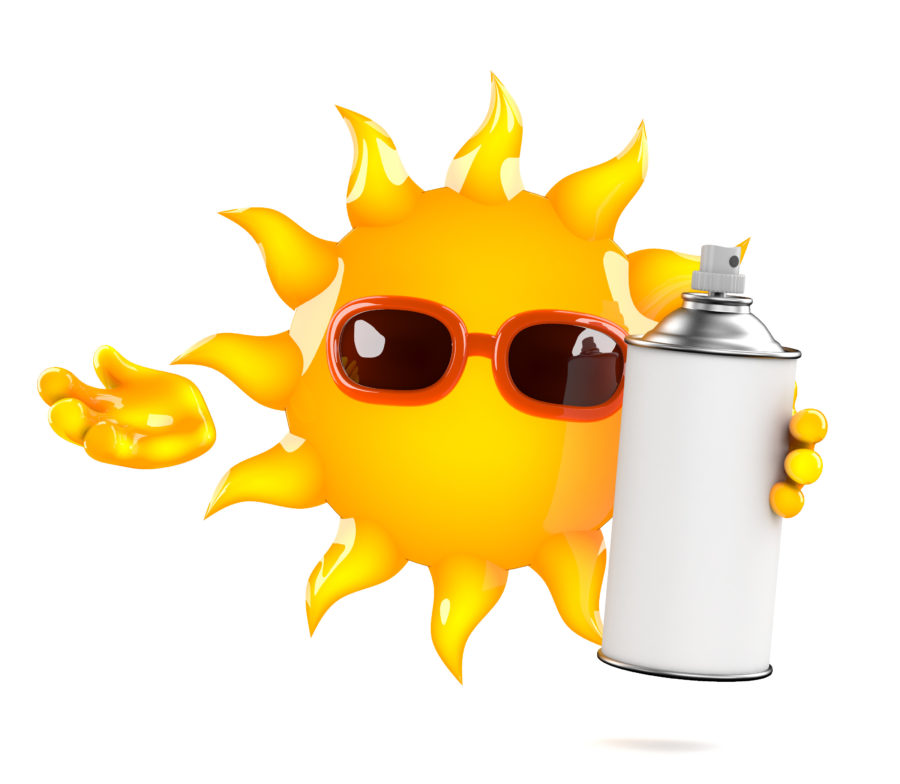
Summer officially begins on June 21. Keeping an eye on the calendar is important when it comes to transporting hazardous materials. The manufacturing and distribution of products defined as hazmat increases as the temperature increases. Products for personal care and/or household goods as well as industrial chemicals are transported daily by ground, air, and sea. So why is this time of year any different from any other? The answer is simple: warmer weather conditions can impact hazardous materials/dangerous goods.
Hazmat and Heat
Nearly all chemicals are affected by high heat and humidity. The potential for chemicals to react and undergo changes increases as the temperature of the material rises. In addition, materials with greater volatility may produce higher levels of dangerous vapors at elevated temperatures.
When dealing with liquids, those with high vapor pressure and low boiling points should be of particular concern. When shippers prepare packages of hazmat for safe transportation, they must take into consideration the normal conditions of transport. That means factoring environmental changes which may be encountered, such as temperature extremes.
Chemicals and Pressures
Depending on the volatility of a chemical, increasing the temperature to which a container is exposed can increase the internal pressure exerted on it. Inner and single packagings intended to transport liquids and receptacles for gases must be successfully tested to sustain certain internal and external pressures. Despite this, the external temperature may increase the internal pressure beyond that for which the container is tested, consequently rupturing the receptacle and releasing the contents.
Depending on the quantity and nature of the material, the safety of personnel and the public could be seriously jeopardized. Some containers exposed to high heat may noticeably bulge, and those made of metal may exhibit a metallic “pinging” sound as internal pressure increases. This increase in pressure could also cause caps and lids to pop off.
The sound of escaping vapors indicates not only high internal pressure, but also that the material likely has a high vapor pressure and that, under the current atmospheric conditions, will produce a large quantity of vapors. If these vapors are flammable or toxic, the potential for dangerous exposure for anyone nearby will increase. Aerosols stored at extremely high temperatures can violently rupture and rocket, endangering personnel and property.
No one should transport any package containing hazmat that’s compromised due to heat. Transportation will only increase the risk of release.
Regulations for Transporting Hazardous Materials in the Heat
The IATA dangerous goods regulations address this risk specifically for self-reactive substances of Division 4.1 and organic peroxides of Division 5.2 being transported by air. They require the “Keep Away from Heat” label to be shown, along with a statement on the Shipping Declaration requiring the material to be protected from direct sunlight and sources of heat, in an adequately ventilated area. These are sensible storage practices to employ for all dangerous goods being stored or transported when temperatures are elevated.
To reduce risk, move containers from an area of direct sunlight into one that is shaded or cooler and well-ventilated. (These safeguards also apply to the transport vehicle the material is being transported in.) Pay attention to warehouse storage areas where materials may receive direct sunlight, such as near loading dock doors, and adjust storage accordingly.
Undergo Online Hazmat Training This Summer
Hazmat University can provide all the up-to-date information you need for preventing incidents related to improper packaging use as well as providing segregation requirements to prevent shipping incompatible dangerous goods. Our programs are 100% online, so you can work at your own pace from anywhere – which means less interference with any summer plans. Sign up for our online courses today and receive your training certification in no time.